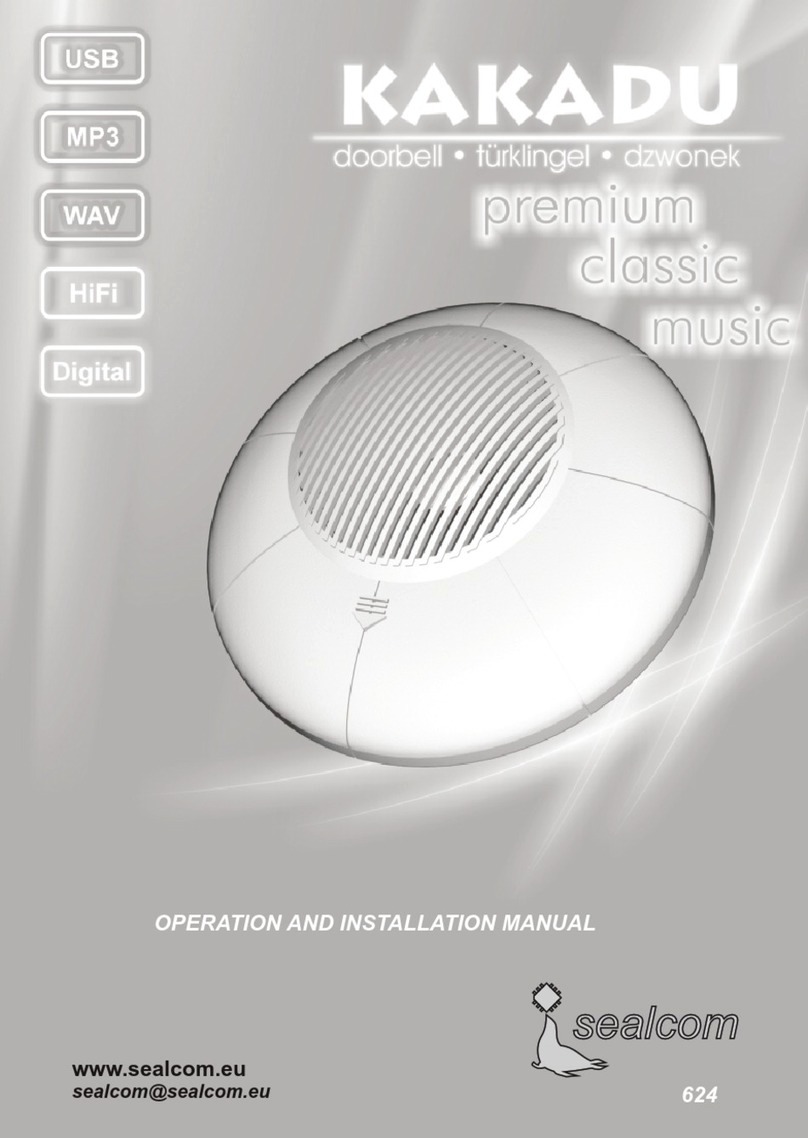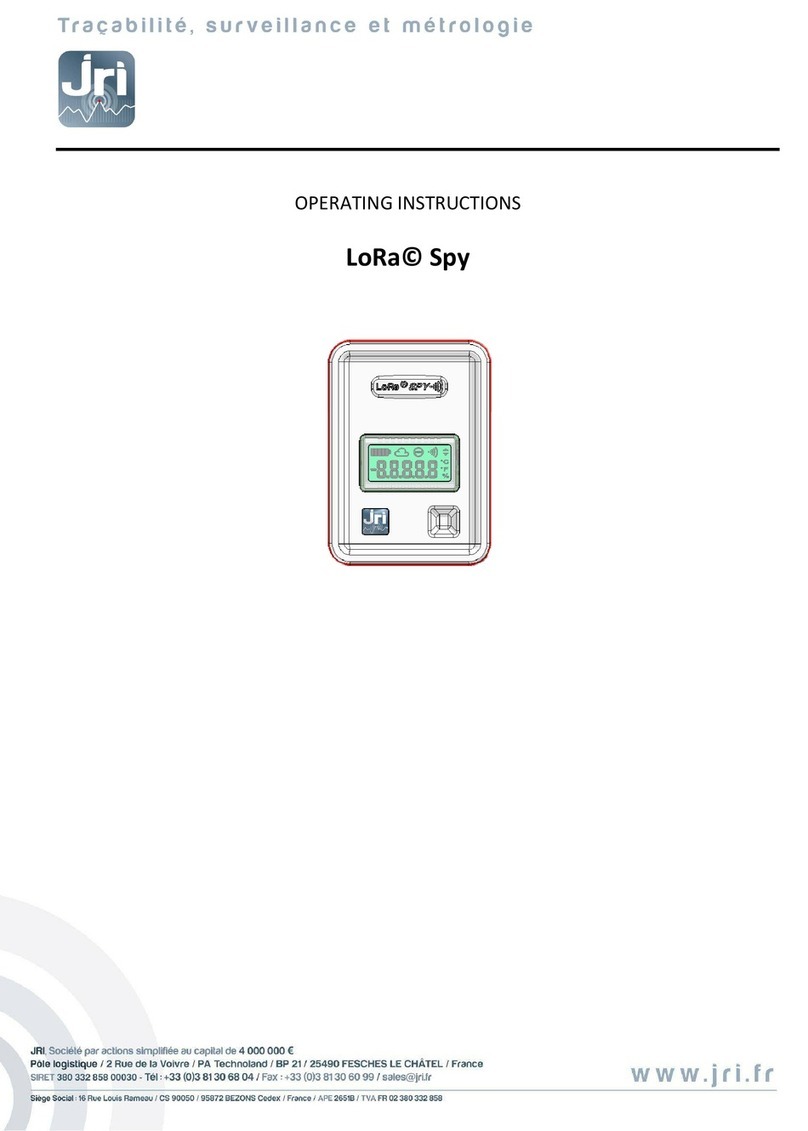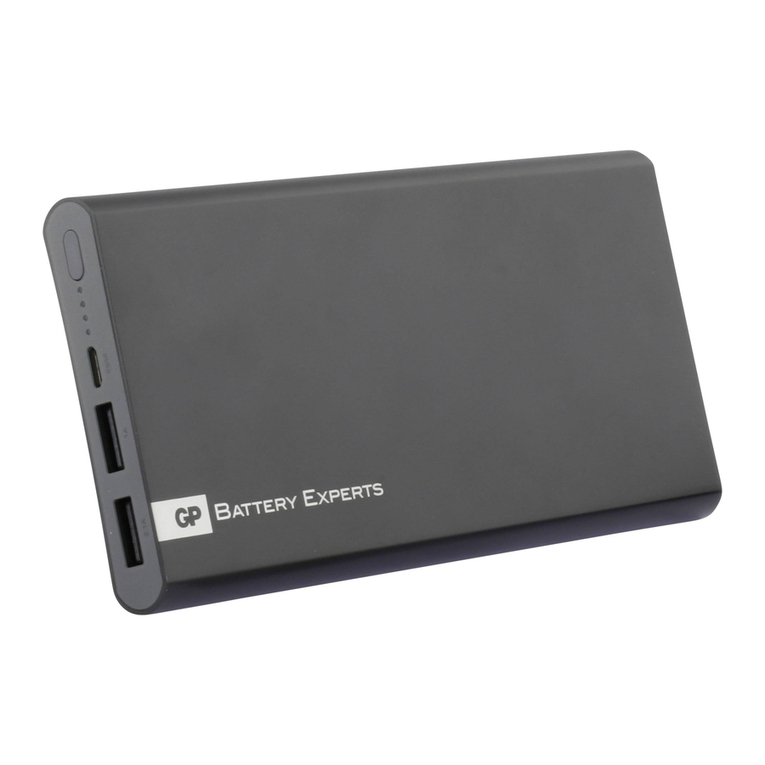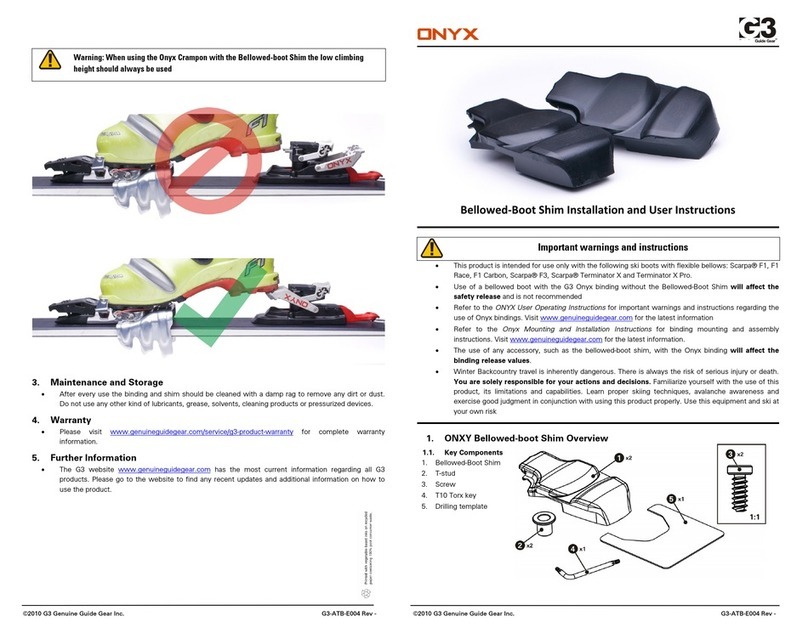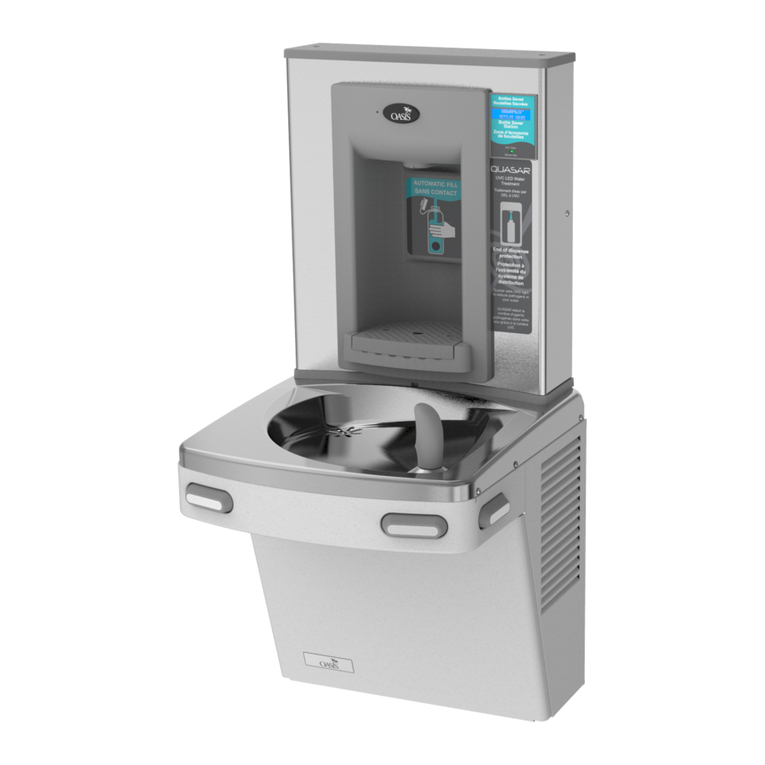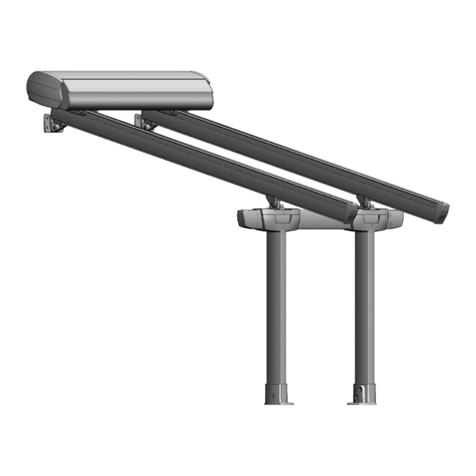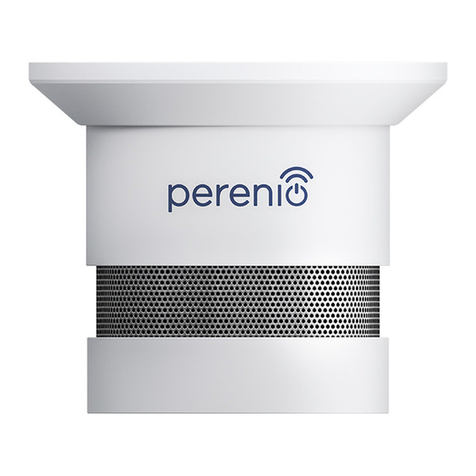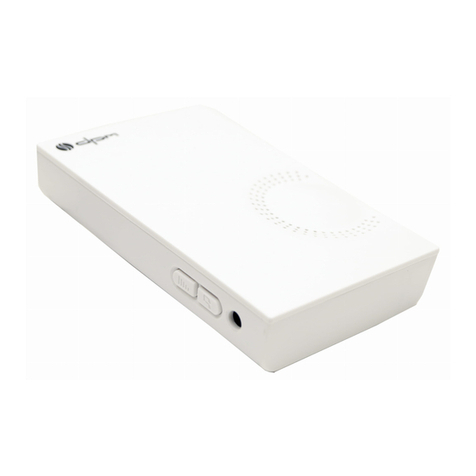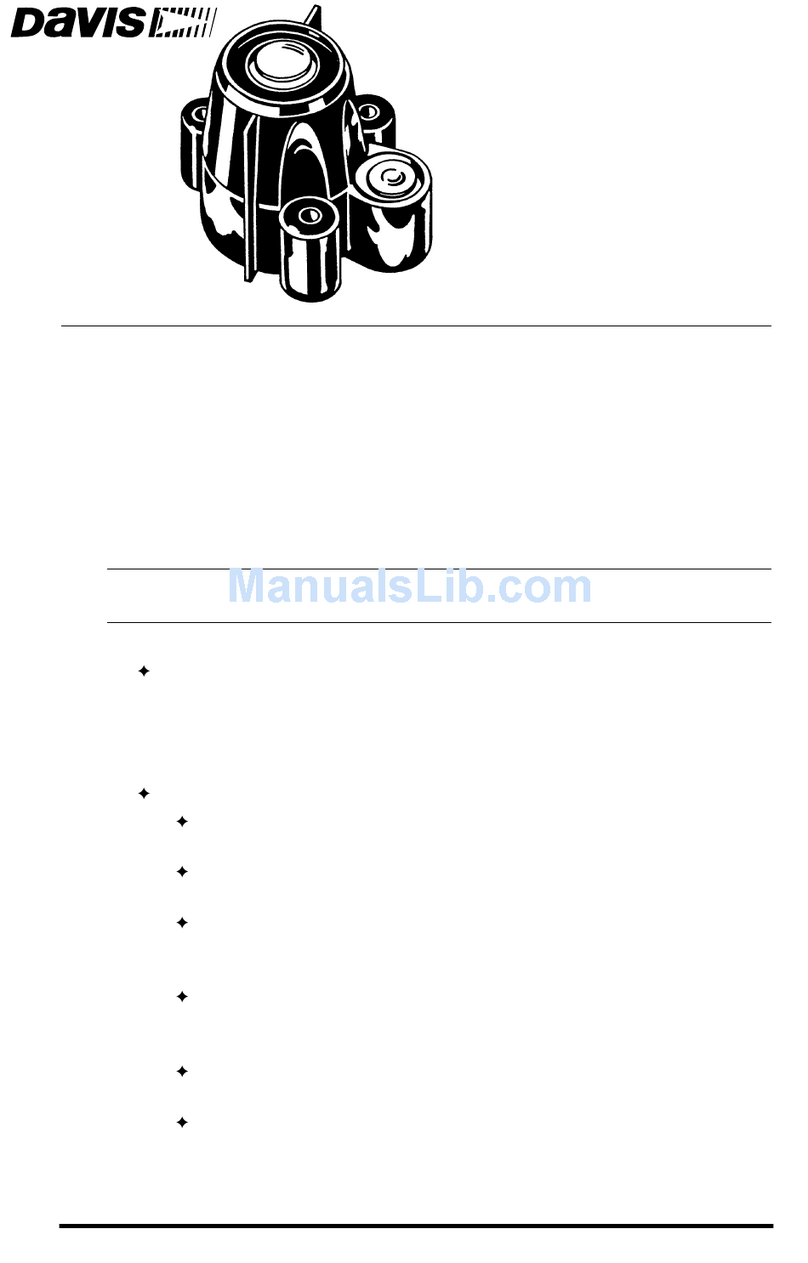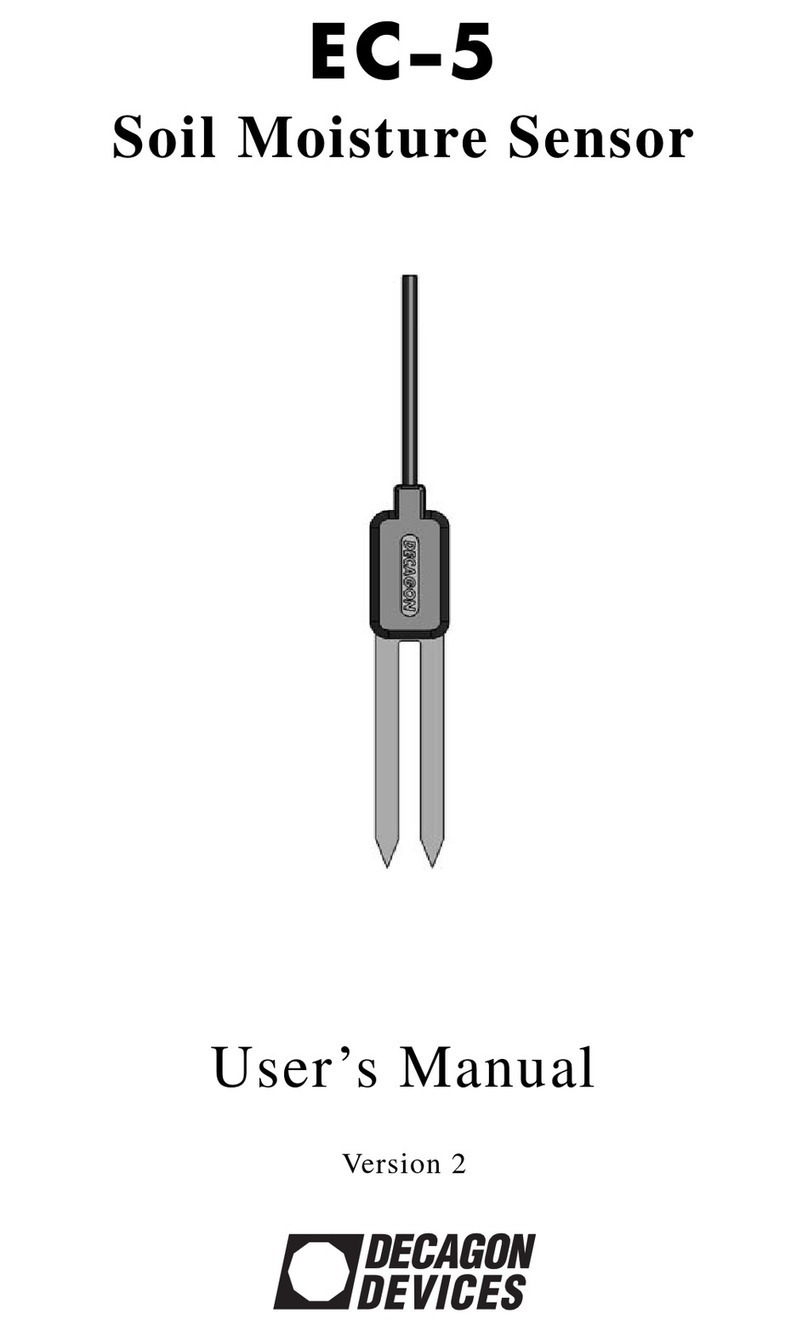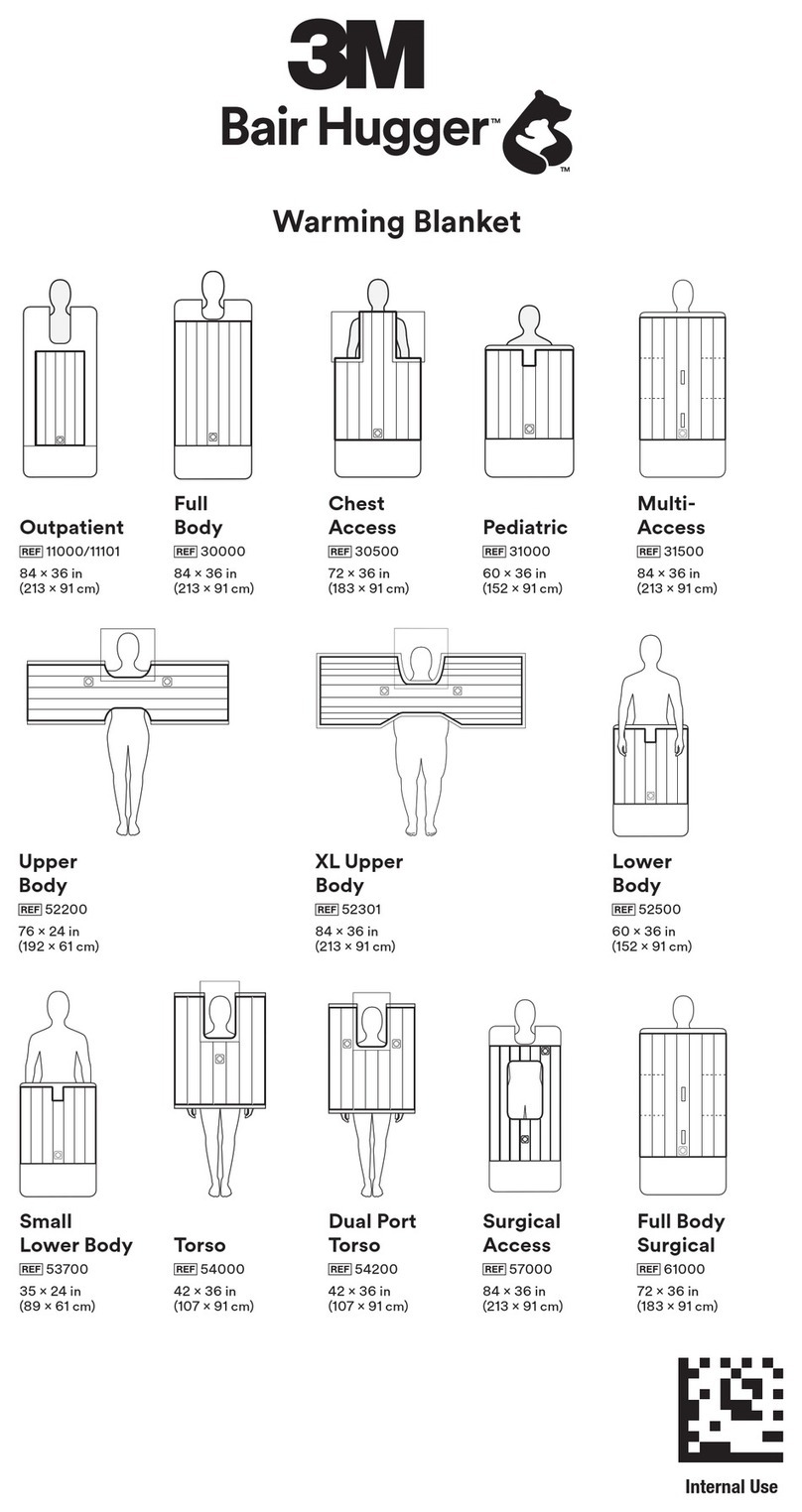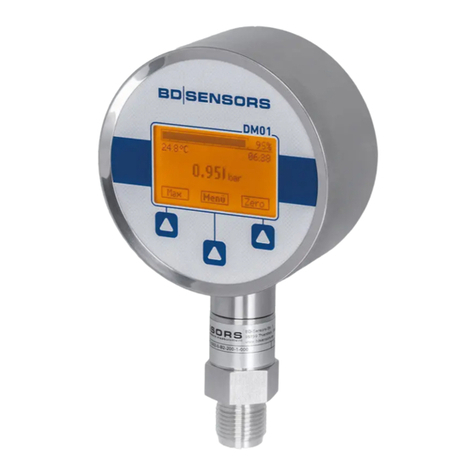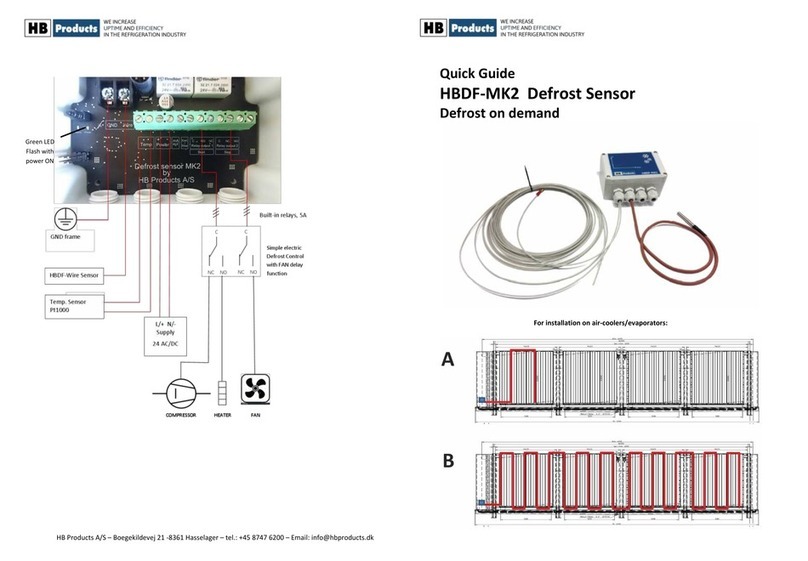Sealcom KAKADU Owner's manual

PROGRAMMING MANUAL
www.sealcom.eu

DESCRIPTION
Re-programming of the KAKADU doorbell (i.e. uploading of new
sounds) is performed with the help of a computer.
hardware requirements:
- PC computer with a 200MHz processor or better
- LPT (Centronics) printer port
- Windows 9x/2000/XP operating system
- minimum 2 MB of free hard disk space
- minimum 32 MB RAM memory
CONNECTION
Computer should be connected to the bell using a proper cable,
connected to:
- in the computer - to the LPT printer port (Fig. 1)
- in the bell to the port designated as PC (placed under a small
flap – Fig. 2).
Fig. 1

Fig. 2.
making the cable by yourself
Materials and tools needed for making the cable for bell
programming:
- 6-core cable with a max. length of 3 metres (6x0.5)
- male connector DB25 (with pins)
- 6-pin connector HU-06
- tin
- soldering tool
- flat nose pliers.
All these materials can be bought in an electronic shop.
Connections must be made in accordance with Fig. 3. After
verification of correctness of assembly, the bell can be connected to
a computer, and you can start programming.
SOUNDS UPLOADING
Files that can be uploaded to the doorbell must be standard WAV
sounds without any compression (PCM).

Fig. 3.
1
14
2
15
3
16
4
17
5
18
6
19
7
20
8
21
9
22
10
23
11
24
12
25
13
W1
DB25 (male)
W2
HU-06
(top view)
6-core cable (max. 3 m)
1
2
3
4
5
6
preparation of sounds
In order to assure adequate quality of signals, preliminary
processing of sounds is advisable. It can be done with the help of
any editor of sound files (for example, "Sound Forge", "Cool Edit",
"Gold Wave", "AWave Studio" and similar programs). After the file
has been loaded to the editor, it is advisable to do the following
actions:
1. Cut the fragments of silence from the start and the end of the
file (they only unnecessarily occupy the memory).
2. Perform normalization ("Normalize" option) up to 100% (or
0dB).
3. Increase the volume. In various programs this function has
different names. These are the most frequently met names:
"Limiter", "Hard Limiter" and "Maximize". After selecting the
option from the menu, a window appears, in which a value of
amplification is given in numbers (you can enter 6dB).
4. Play the file.
5. If everything is OK, save the file.

programming
Free program necessary for programming of the doorbell, as well
as a rich set of sounds can be downloaded at our website
www.sealcom.eu from the Download section. After the software has
been installed, the "Kakadu.exe" executable should be run, and
then, the instructions included in the program must be followed.
CAUTION! Connection of a 9V battery is necessary for
programming.
CREATION OF OWN SIGNALS IDEA
Following terms are used in our program:
- available sounds – the sounds from WAV files, which are a
“building material” for the doorbell signals. These sounds will
be not heard as long as they are not used in any of signals. If
you want to use your own WAV files, you must change the
available sounds. During the creation of a signal (when the title
of the window is “Your signal”), you will see a button called
"Change available sounds”. You should click this button to add
your sounds.
- chosen sounds – the sounds (selected from the list of available
sounds) used in currently created signal. All sounds included
in this list will be played in the sequence. You can add pauses
and select a part of available sound only. Full list of selected
sounds makes up one signal.
- set of signals - the list of successive signals, each of these
signals is built from the chosen sounds. When pressing the
doorbell push-button, one of the signals from this set will be
played.
To get know this structure better, it is recommended to load the
standard set. We can do this by selecting the “I would like to load a
set of signals from a file” option. The load file window will open,
from which you should select the “Standard set" file. In the upper
part of the window, there should appear the text: “Your set of
signals”, and below – a list of 25 standard signals. When selecting a

signal from the list, you can click the “Change” button, to view the
sounds, from which it is built.
For instance, the signal no. 2 – “Rooster” is made from one
“Rooster” sound only, whereas the signal no. 12 “Bicycle trumpet” is
made from as many as 11 items (9 sounds and 2 pauses).
Of course, the memory of the bell is not unlimited. The fact that 128
signals can be contained in this memory does not mean that each
of these signals can be a separate .wav file. The maximum duration
of one “available sound” is 33 seconds. In this case, only one sound
can be contained in the bell memory. But even from this sound,
many signals lasting much longer can be made up. Simply, when
building a signal, you can repeat the same sound (or its fragment)
many times. For instance, a standard set consumes 99% of the
memory, and its total duration is 82 seconds, that is much more
than one minute.
The files that can be loaded to the program must be the standard
WAV sounds without any compression (PCM). The program can
change sampling, number of bits and number of channels (stereo
into mono), but unfortunately, it is not able to decompress the data.
Thanks to the structure used, you can download e.g. a scale as
“available sounds”, and then you can build various melodies from it.
And just in this case, you can create as many as 128 signals. Each
signal will be different, but they all will be built from the same
“building material”.
Copyright © 2007 Sealcom
Table of contents
Other Sealcom Accessories manuals
